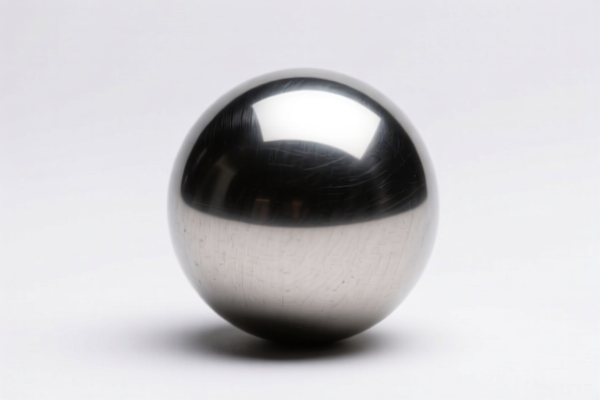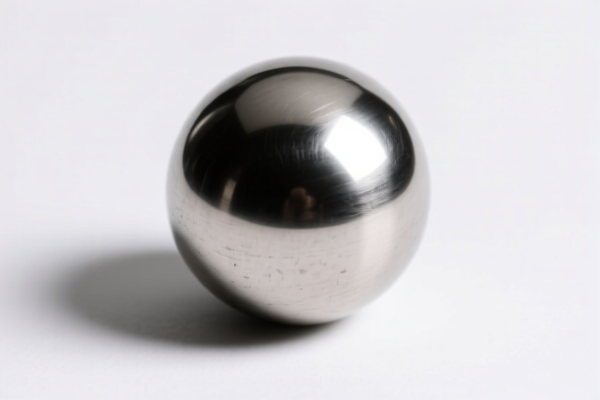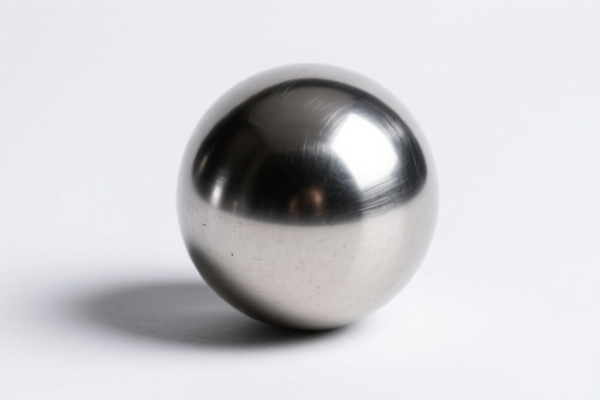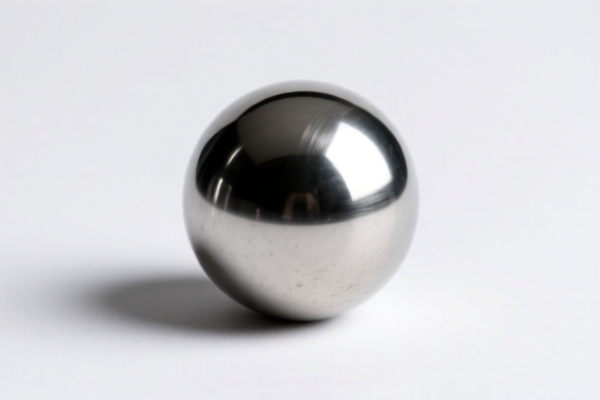| HS Code | Official Doc | Tariff Rate | Origin | Destination | Effective Date |
|---|---|---|---|---|---|
| 7326110000 | Doc | 80.0% | CN | US | 2025-05-12 |
| 7323100000 | Doc | 80.0% | CN | US | 2025-05-12 |
| 7323997000 | Doc | 60.3% | CN | US | 2025-05-12 |
| 8482910010 | Doc | 59.4% | CN | US | 2025-05-12 |
| 8482993500 | Doc | 64.9% | CN | US | 2025-05-12 |
| 8487900080 | Doc | 83.9% | CN | US | 2025-05-12 |
| 8487900040 | Doc | 58.9% | CN | US | 2025-05-12 |




Steel Ball Cleaning
Steel balls, also known as ball bearings, are widely utilized spherical components with diverse applications. Cleaning procedures are essential to maintain their functionality and prevent premature wear or failure.
Material:
Steel balls are commonly manufactured from:
- Carbon Steel: Economical, suitable for low-precision applications. Prone to corrosion.
- Bearing Steel (e.g., 100Cr6): High hardness and wear resistance, commonly used in bearings.
- Stainless Steel (e.g., 440C, 316): Corrosion resistant, ideal for applications in harsh environments.
- Ceramic (e.g., Silicon Nitride, Zirconium Dioxide): High temperature resistance, corrosion resistance, and low density.
The cleaning method depends heavily on the material.
Purpose of Cleaning:
- Removal of Contaminants: Dirt, grease, metal particles, and other debris can compromise performance.
- Prevention of Corrosion: Removing moisture and contaminants prevents rust and oxidation.
- Improved Lubrication: Clean surfaces allow lubricants to function effectively.
- Accuracy and Precision: Contaminants can affect the accuracy of instruments relying on steel balls.
Function:
Steel balls primarily function as:
- Rolling Elements: In bearings, they reduce friction between moving parts.
- Transfer Elements: In ball transfer units, they facilitate smooth movement of objects.
- Impact Elements: Used in various mechanical devices for impact or force transmission.
- Grinding Media: In milling and grinding processes.
Usage Scenarios & Cleaning Methods:
- Bearings:
- Solvent Cleaning: Using degreasers (e.g., mineral spirits, acetone) to remove grease and oil. Ultrasonic cleaning is highly effective.
- Manual Cleaning: Using brushes and solvents for localized cleaning.
- Drying: Thorough drying with compressed air or in a low-temperature oven.
- Ball Transfer Units:
- Compressed Air: Removing loose debris.
- Solvent Cleaning: Removing stubborn contaminants.
- Grinding Media:
- Washing: Using detergents and water to remove residue from grinding processes.
- Ultrasonic Cleaning: For thorough cleaning of small balls.
- Passivation (Stainless Steel): Removing surface contaminants and creating a protective layer.
- Precision Instruments:
- Specialized Cleaning Solutions: Using solutions compatible with the instrument's materials.
- Cleanroom Environment: Cleaning in a controlled environment to prevent re-contamination.
Common Types of Cleaning Agents:
- Mineral Spirits: Effective for removing oil and grease.
- Acetone: Strong solvent, fast-drying.
- Isopropyl Alcohol: Good for removing light contaminants and drying.
- Ultrasonic Cleaning Solutions: Specially formulated for ultrasonic cleaning, often containing detergents and corrosion inhibitors.
- Detergents: For water-based cleaning.
Important Considerations:
- Material Compatibility: Ensure the cleaning agent does not damage the steel ball material.
- Safety Precautions: Handle solvents with appropriate ventilation and protective gear.
- Thorough Drying: Moisture can cause corrosion.
- Lubrication: Re-lubricate steel balls after cleaning, if applicable.
The declared goods are steel balls intended for cleaning purposes. These are typically used in mills for grinding and polishing, or for general cleaning applications requiring abrasive action.
The following HS codes are relevant based on the provided information:
-
7326110000: This code covers “Other articles of iron or steel: Forged or stamped, but not further worked: Grinding balls and similar articles for mills”. This is a direct match for steel balls used in milling processes.
- 73: Chapter – Articles of iron or steel.
- 26: Heading – Other articles of iron or steel.
- 11: Subheading – Forged or stamped, but not further worked.
- 00: Further specification – Grinding balls and similar articles for mills.
-
7323100000: This code covers “Table, kitchen or other household articles and parts thereof, of iron or steel; iron or steel wool; pot scourers and scouring or polishing pads, gloves and the like, of iron or steel: Iron or steel wool; pot scourers and scouring or polishing pads, gloves and the like”. While broader, it could apply if the steel balls are specifically marketed for household cleaning as pot scourers or similar.
- 73: Chapter – Articles of iron or steel.
- 23: Heading – Table, kitchen or other household articles and parts thereof.
- 10: Subheading – Iron or steel wool; pot scourers and scouring or polishing pads, gloves and the like.
- 00: Further specification – Iron or steel wool; pot scourers and scouring or polishing pads, gloves and the like.
-
7323997000: This code covers “Table, kitchen or other household articles and parts thereof, of iron or steel; iron or steel wool; pot scourers and scouring or polishing pads, gloves and the like, of iron or steel: Other: Other: Not coated or plated with precious metal: Other: Cookingware”. This could apply if the steel balls are used for cleaning cookingware.
- 73: Chapter – Articles of iron or steel.
- 23: Heading – Table, kitchen or other household articles and parts thereof.
- 99: Subheading – Other.
- 70: Further specification – Other: Not coated or plated with precious metal: Other: Cookingware.
Regarding HS code 7326110000, 7323100000 and 7323997000, please note the total tax rate is 80.0% and 60.3% respectively.
Customer Reviews
No reviews yet.